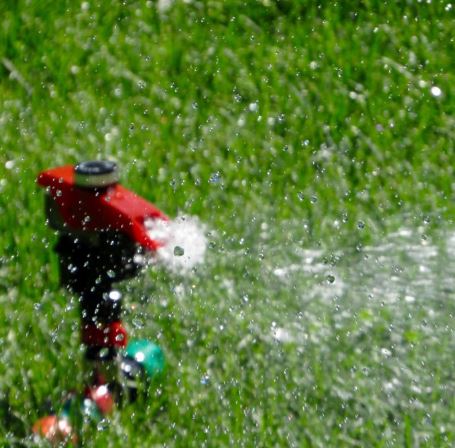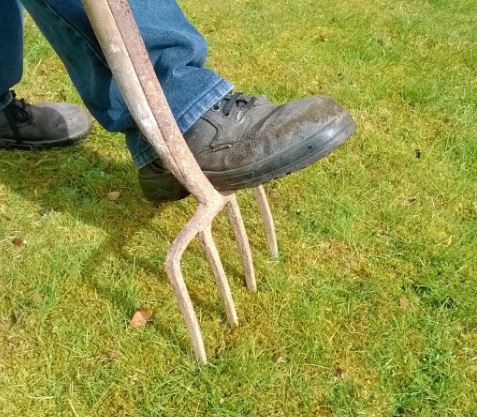If you want your lawn to be the envy of your neighborhood, you must nurture it with care, attention, and a decent game plan. Know that a lush, green lawn doesn’t happen overnight, but with the right practices, tools, and knowledge, you can have a garden lawn that looks immaculate throughout the year.
The following guide will take you through everything you need to know about keeping your garden lawn in top shape—from mowing strategies to pest control methods, and even the latest innovations in lawn care tools.
Understand Your Lawn Type
The first step in lawn care is knowing what type of grass you have. Different grass types have unique needs in terms of sunlight, water, and nutritional requirements. Cool-season grasses generally thrive in northern climates and prefer temperatures between 60°F and 75°F; warm-season grasses flourish in southern regions and thrive at 80°F to 95°F.
During the growing season, observe your lawn to determine if it’s struggling with diseases or pests. Provide the soil with the right nutrients and adjust your watering schedule. The choice of the right grass type will ensure that your lawn looks lush and full throughout the year.
Get the Right Equipment
The right equipment makes lawn care more efficient, impacting the overall health of your lawn. Investing in a reliable mower, trimmers, and aerators pays off in performance and ease of use. Robotic lawn mowers like those from Worx or other reliable suppliers in your area can save you plenty of time by automating the mowing process. For easy fertilizer application, have a leaf blower and a spreader in your arsenal.
When selecting equipment, focus on durability and functionality. Read reviews and research various brands to find what fits your specific lawn care needs. Regular maintenance of your tools will secure longer lifespans and better performance. Always have your mower serviced before the peak season. The right tools can simplify tasks and make your lawn maintenance a more enjoyable endeavor.
The Importance of Soil Health
Soil health is the foundation for grass growth. A soil test can determine nutrient levels and pH balance, revealing what amendments might be necessary. Lawns often benefit from organic matter, which improves soil structure, enriches microbial activity, and augments nutrient retention. Composting kitchen waste or using mulched leaves can add this organic material.
Good soil health encourages strong root development and makes your lawn more drought-resistant. Depending on the test results, you may need to apply specific fertilizers or adjustments to balance pH.
Mowing Practices That Matter
Maintaining the correct height is a must: cutting too short can stress the grass and lead to weed infestations. Most grass types do well at a height of about 2.5 to 3 inches. Your mower blades are sharp to achieve clean cuts, which reduces the risk of diseases. Even look into the frequency of mowing, which typically depends on the season and grass growth rate.
During peak growth in spring, you may need to mow weekly; in cooler months, bi-weekly cuts may suffice. Mixing up your mowing patterns can also promote a healthier lawn by preventing compaction and promoting upright growth. In doing so, you can maintain an attractive look and support the grass’s natural resilience and vigor.
Watering Wisely
Always remember to water your lawn properly. Overwatering can be just as detrimental as underwatering. Ideally, you should aim to provide about 1 inch of water per week, either from rainfall or irrigation. Early morning is considered the best time to water — this allows grass to absorb moisture before the heat of the day.
Using a soaker hose or drip irrigation can target water at the roots and avoid waste. It’s good practice to monitor your lawn’s wilting behavior; grass that begins to dull in color or bends over indicates a need for water. In specific climates, you might need to adjust your watering schedule accordingly but consistently repeated deep soakings promote root growth.
Pest and Weed Management
Weeds compete with your grass for nutrients and water, potentially leading to a less vibrant lawn. Implementing prevention strategies includes providing a dense, healthy lawn through proper mowing and soil preparation. When weeds do appear, hand-pulling might be effective for small infestations, while broader applications of herbicides may be necessary for larger problems.
You should always follow the instructions carefully to avoid harming your lawn. Pest infestations can damage grass quality. Regular inspection can identify infestations early and allow for timely intervention.

Keeping your garden lawn in top shape demands a blend of knowledge, proper techniques, and the right tools. Implementing these easy strategies will secure the health and appearance of your lawn. With technologies like robotic lawn mowers making landscape maintenance easier, achieving and sustaining lawn perfection is now more accessible than ever.







